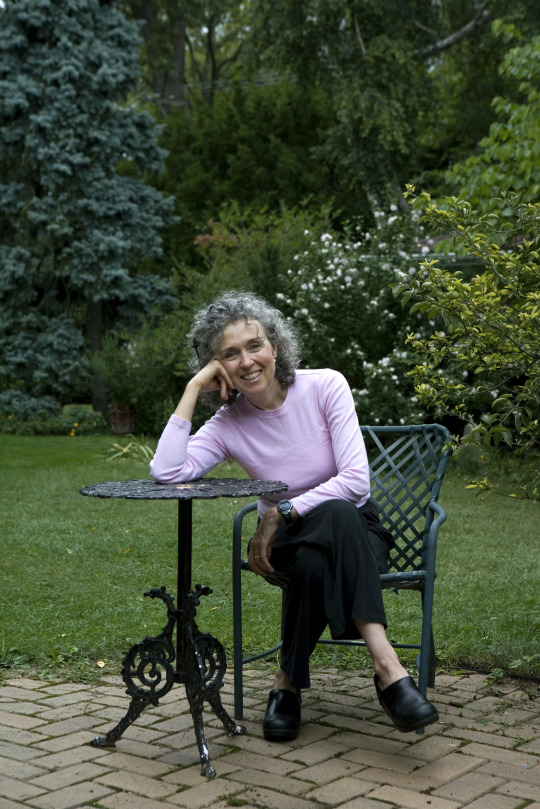
How kind was life to slide Barbara Mahany into my heart? We met at a book signing for a famed Tribune food columnist years ago. We exchanged email addresses and questions. She was patient and encouraging with me. She taught me to ‘thumb slam’ with my writing (but more on that later). She penned a book (Slowing Time). Then another (Motherprayer). And she continues to weave a beautiful cord of faith and serenity into a world that can often feel wobbly and frightening.
Let’s get to chatting.
1. What do you write and what are you reading?
These days I spend a good chunk of my time writing essays from the heart. Essays from the homefront. Essays in which I slide quiet, barely noticed moments under the magnifying glass, and begin to explore, to plumb their depths, to listen to the questions they beg, and fumble toward moments of epiphany.
2. The cover art for Motherprayer is stunning- a wild wreath encircling two eggs. What can you share about this image?
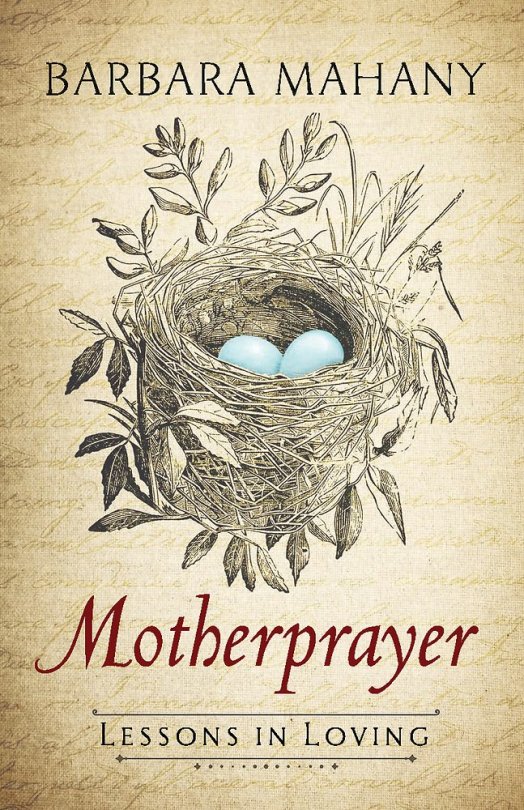
I knew I wanted a deeply of-the-earth feel. I love old etchings, and botanical drawings. It’s my fascination with biology and nature, first of all, and my leaning into nonfiction – even in art. I’d stumbled into the nesty theme in the organization of the sections of Motherprayer, and a representational drawing of a nest, one that one of the great naturalists might have jotted into field notes, it suggested the realism, the delicacy and strength of composition I was hoping for. The designer popped in the two fine eggs, and the moment I saw them I was charmed. I happen to be the mother of two boys; I’ve wondered if I were the mother of girls, would they have popped two pink eggs in my cover nest?
3. You write candidly about faith from the well of your Jewish-Christian marriage. Presently, our country is wading through turbulent political dialogue in which faith diversity and practice have come under scrutiny. What has this dialogue felt like for you?
The divisiveness in our national dialogue breaks my heart, shatters my heart more accurately. I long ago committed myself to a life of ecumenicism, of open heart, of searching for common threads, recognizing and honoring differences, but weaving, always weaving, toward union. So the dis-union of now sickens me. Because words are my daily bread, I live by a promise to not use words as sharp-edged weapons. I will speak the truth, but I try to make sure to say it in ways that employ tools of opening, not hurting or jabbing, or leaving others wincing. I find illuminating more powerful than eviscerating.
4. To write is to know rejection well. Tell me about a time when rejection was especially poignant.
Some of my toughest rejections are probably the ones that unfold in my head, as I scare myself out of even trying to play in the big kids’ playground. I’ve been working on what a friend of mine calls “the thumb slam,” that moment of distilled courage in which you hit the send key and dispatch some latest version of an unsolicited essay or article to any one of the publications we all consider Big League. I only had my first byline in The New York Times a few weeks ago. I’d twice sent essays to the motherlode blog, and twice been told, no thanks! The Times felt like a threshold to me that I might never cross. Ever since I left The Chicago Tribune, where I was a writer for almost 30 years, I’ve had to employ degrees of courage that frankly exhaust me. Since much of my writing is from the heart, a rejection of that feels like a double whammy – I always think, “Oh, my writing isn’t good enough.” And follow that with, “Oh, I guess my heart isn’t good enough either.” Ouch.
5. Motherprayer is a stirring meditation on how we love so wholly and deeply. Who do you love and how does that sneak into your writing?
I love rather deeply. I love the nooks and crannies of the human heart, in all its limitless iterations. I love plumbing the depths, finding the universal core, the story at the shining heart of whoever it is I’m writing about. When I was at the Tribune I loved the chance to discover the beauties at the heart of whomever I was writing about. It’s my abiding belief that if you listen long enough, and closely enough, you will find the pulsing story that animates each someone.
In writing about my own moments in mothering, I’m exploring and reflecting on the intricacies of my own motherheart, as deepened and expanded by the loves of my life, my two boys. I’ve been a student of the human heart my whole life. Before I was a journalist, I was a pediatric oncology nurse. And now I’m a mother. Each one of those three threads is a call to attend to the heart. Often, the undisclosed heart. The secreted-away heart. In peeling away the layers that occlude the heart from everyday notice, I’m delicately exploring, holding up to the light those shimmering marvels of humankind. Saying, this is beautiful. This hurts. This is courage. This is hopelessness. I use my pen as an instrument of precision and plumbing. Empathy is always my aim. See the beautiful. See the glory. I find it often, in nearly anyone I take the time to write about. And certainly from the front rows of mothering, I am endlessly fascinated by this up-close watch on the human heart and soul unfolding, stumbling, fumbling, getting up again and trying once again to soar…..
6. What does a perfect writing day look like for you?
A perfect writing day begins early, before dawn, when I’m the only one stirring in my old house. I write by lamplight, at the kitchen table, or at my old pine writing desk. I might take a stroll outside, sit for awhile on my garden bench. Breathe deeply. Pay attention. Scribble notes. Then, in a morning fueled by coffee, I’ll sit down with something that feels pregnant with possibility. I’ll not know exactly where I’m going, but one synapse will fire and connect to the next. And suddenly dots are connected, depths are traversed, epiphanies occur. I needn’t write all day. I just need to write well. With birdsong in the background. Or the tick-tock of an old grandfather’s clock.
7. It’s a tradition in this series to talk about sex (more specifically writing about it). What can you share?
I hate to disappoint, but I don’t write about sex, and here’s why: My husband, the Tribune’s architecture critic, Blair Kamin, is a somewhat public figure who writes deeply seriously about architecture and design. That he happens to be married to me, a journalist who has veered into the realm of first-person essay writing, does not mean he should be subjected to the exposures I’ve made part of my regular writing landscape. So our unspoken agreement is that I don’t write about him or the intimacies of our life together – and by that I mean our conversations, his dreams, our struggles; the whole landscape of anything from his private realm is considered out of bounds. Of course I honor that.
8. Let’s hear some of your goals, the wilder, the better.
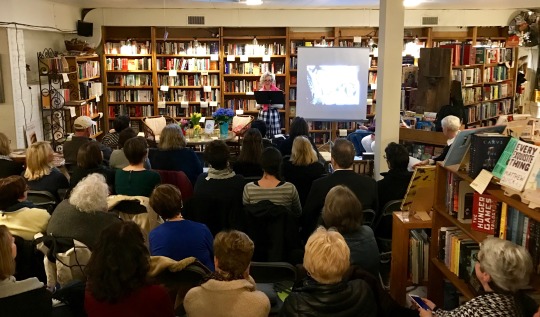
More than anything I wanted to become a wise old lady. One whose kitchen table was always open for business – for the business of hearts being shared, stories unfurled, and wisdom swapped back and forth. I would love to write essays that stir upon impact and that linger, leave a mark. New York Times bylines would be lovely. Essays for NPR. More books if I think I have anything worth saying. I’d love to study poetry in a more rigorous setting – a class, a poetry seminar, or years-long tutorial with a mentor/teacher. Teaching writing in small groups, or leading conversations into the depths of the sacred, of the human heart – preferably in a breathtaking, bucolic setting (I’ll soon be teaching in an old farmhouse on a magnificent Midwest farm), with a rooster crowing in the not-so distance.
9. You were a pediatric oncology nurse, an occupation that must have felt so heavy on the heart. What lessons have you carried from that time?
The truth of my years as a pediatric oncology nurse was that I learned from “the kids, my kids” a true lightness of the heart. Kids with missing limbs, not a hair on their heads, with tubes inserted here and there, those kids laughed and joked and – most days – made you forget they were stricken with cancer. I wasn’t yet a mother when I worked at Children’s, but the devotion of the mothers and fathers took my breath away every time. These were mothers who never left their sick child’s bedside, yet somehow managed to be there for their other kids as well. I marveled at how they awoke at the barest whisper, how they kept vigil through every needle stick and poke and prod. I held mothers as they wept. They taught me, day after day, what love looks like, how it’s lived. I learned of course how precious each and every day is. And I learned that you never ever know when your life is about to be turned on its head. And how you can take on anything, any thing, life throws at you. And you can laugh along the way, and stitch each day with joy and tenderness, and love that will not die.
10. When were you most proud?
In my writing life, the moments that most glimmer in my memory include my first byline in The Chicago Tribune, when I was still in journalism school, (and waiting at midnight at the corner of Fullerton and Lincoln for the Tribune delivery truck to lumber along, and the driver to leap out and load the stack of next-day papers in the news box) and my recent byline in The New York Times Book Review, which I never thought I’d see. I loved most that it was an essay about my firstborn’s boyhood books, and how deeply those books were etched into my heart. It was the perfect first NYT byline. But just as lastingly, it’s the moments when someone will write me, or come up to me, and tell me that they’ve cut one of my stories out of the newspaper, and tucked it in a wallet, or a bedside table, or into a kitchen “stash” drawer, and over the years, they’ve read and re-read it. To know that your words reached so deep into someone’s heart, that’s pure blessing. It’s why I write: to put words to the whispers – the heartaches and anguish and loneliness and, yes, ineffable love – in all our hearts. To say, in words, we’re not alone.
11. Tell me a story about a story.
One night, many summers ago, I was driving down Western Avenue when I glanced toward the side of the road, and saw a bent old man covered in pigeons. Pigeons on his head, his shoulders, his outstretched arms, his lap, his shoes. I wasted no time in pulling a Chicago-U (right turn to right turn up the alley, then two more rights, and back to where I’d just passed) and sure enough there he still was, the Pigeon Man of Lincoln Square. A thousand questions tumbled forth: Who was this, why was he there, was he always there? Why weren’t the birds afraid? How open was his heart?
I circled back the next day. Waited near the fire hydrant. Wandered into nearby storefronts, started asking questions. Right away, I heard the stories. Oh, the Pigeon Man, you mean? And then the who-what-where, as well. He was a regular in the streetscape theater. He followed a daily rhythm. He’d be coming soon, sure as the sun would reach high noon. So I wandered to the bus stop, and I waited. Sitting back away from the curb, so as not to pounce. The bus lurched to the stop, off stepped the bent little man, his janitor’s pants a few sizes too big, cinched by a too-long belt, his satchel weighing down his shoulder, giving him a lopsided gait. I absorbed the posture of the pigeons – I held back, kept a respectful distance at first, gained his trust, then inched closer in. I asked questions, he began to answer. The more solemnly I listened, the more he bared. He took me, proudly, to his neat-as-a-pin room, in the attic of a bungalow a few bus stops away. He showed me his meticulous method for feeding the pigeons, the dearest, most loyal companions in his long and rough-hewn life.
I wrote his story for The Chicago Tribune. He laminated half a dozen copies and carried them in his ever-present satchel. Two years later, the day he was struck by a van and died on the sidewalk along the busy city street, he was clutching a laminated copy of that story. And that’s how the Chicago cops came to call me to ask if there was anyone in the world – besides me – who might want to know that Joe Zeman, the Pigeon Man of Lincoln Square, had just died.
(Editor’s note: WOW)
Bonus points:
What children’s book is forever imprinted on your heart?
The Tasha Tudor Book of Fairy Tales, breathtakingly illustrated by one of the 20th-century’s great illustrators. In my mind’s eye I can still see page after page, each one an invitation into the depths of imagination. And, just as breathtakingly, The Secret Garden, by Frances Hodgson Burnett, also illustrated by Tasha Tudor.
Special thanks to Barbara for sharing her words and heart with us today.
Pick up Motherprayer.
Follow Barbara on Twitter.
Read her stunning essay for The New York Times here.
But most of all, carry her lovely energy out the door and plant yourself a word garden. Let your writing grow into something more.
***As part of this series, writers are asked to submit photos capturing who they are as well as a glimpse of his/her writer life.
***Know someone that would be a great fit for 11 Questions? Nominate them or yourself: KellyQBooks (@) gmail (dot) com
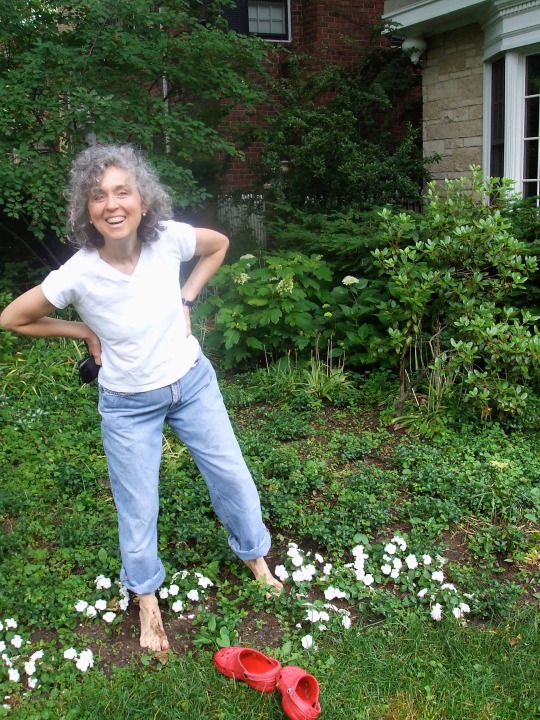
Photos courtesy Barbara Mahany
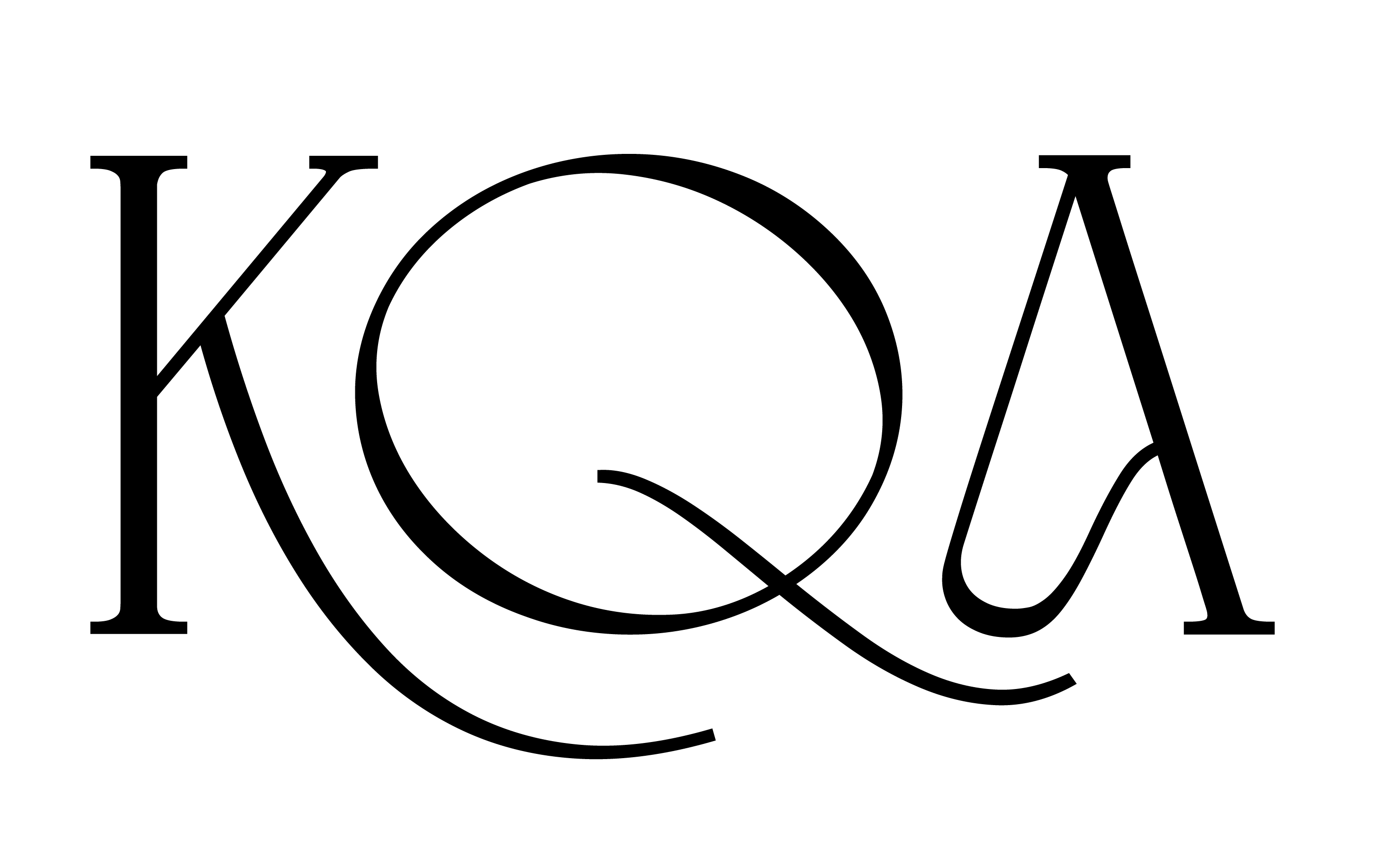
Leave a comment